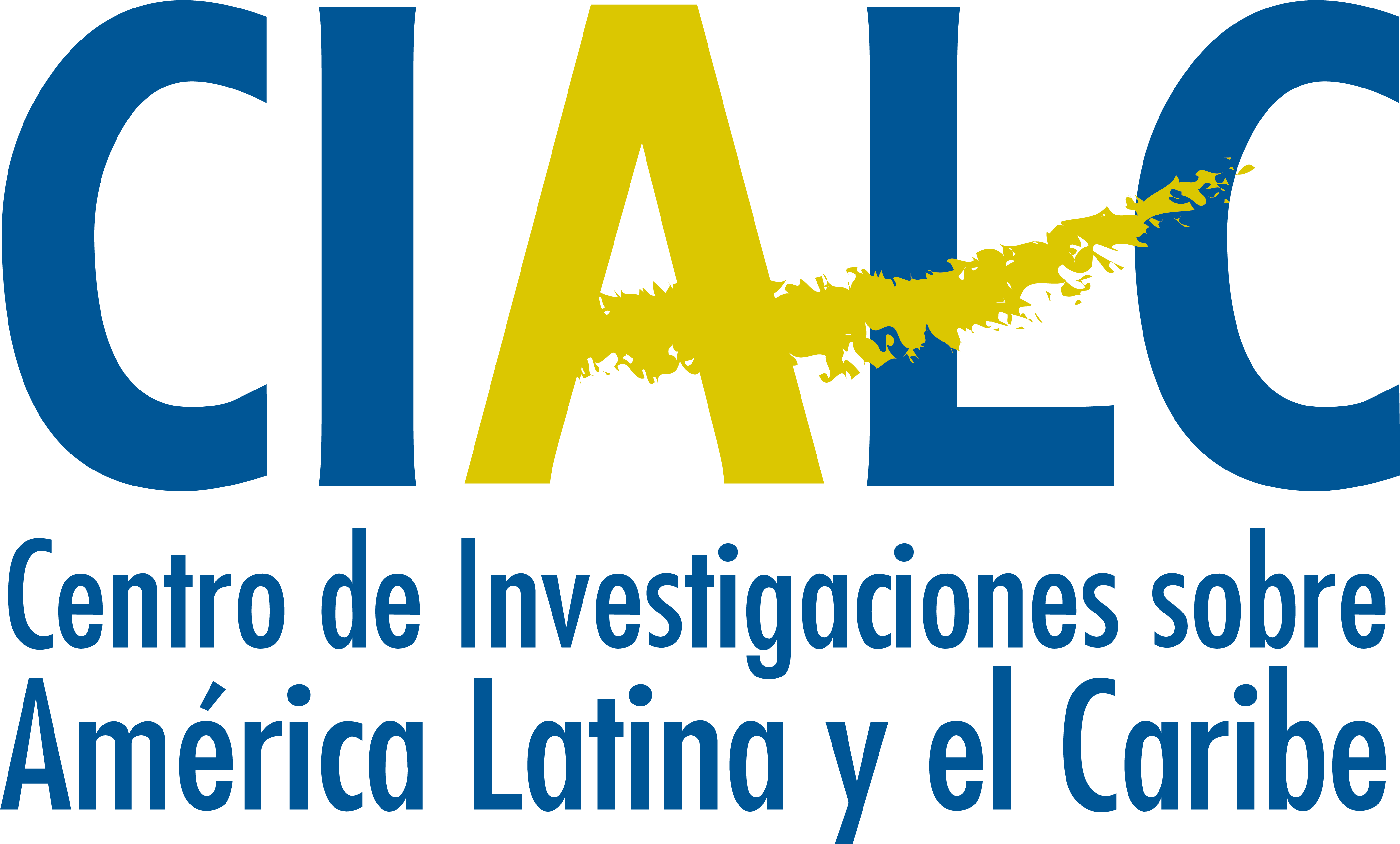Aviso de privacidad
Use el DOI o este identificador para enlazar este recurso:
https://rilzea.cialc.unam.mx/jspui/handle/CIALC-UNAM/A_CA357Registro completo de metadatos
| Campo DC | Valor | Lengua/Idioma |
|---|---|---|
| dc.rights.license | Creative Commons BY-NC-ND 4.0 Internacional, https://creativecommons.org/licenses/by-nc-nd/4.0/legalcode.es, (2019-06-10) | - |
| dc.creator | Alvarado, Leonel | - |
| dc.date.accessioned | 2019-07-25T17:28:10Z | - |
| dc.date.accessioned | 2019-11-06T16:45:22Z | - |
| dc.date.accessioned | 2022-01-27T23:41:37Z | - |
| dc.date.available | 2019-07-25T17:28:10Z | - |
| dc.date.available | 2019-11-06T16:45:22Z | - |
| dc.date.available | 2022-01-27T23:41:37Z | - |
| dc.date.issued | 2009 | - |
| dc.identifier.issn | 0185-156X | - |
| dc.identifier.uri | https://rilzea.cialc.unam.mx/jspui/handle/CIALC-UNAM/A_CA357 | - |
| dc.description.abstract | La versión actual de los himnos nacionales de Centroamérica fue compuesta a fines del siglo XIX y principios del XX, en un periodo marcado por la Reforma Liberal, la modernización socioeconómica y, sobre todo, la construcción de un proyecto de identidad nacional. Entre la ideología liberal y el cientificismo positivista, el himno surge como un texto fundacional secular semejante a las constituciones nacionales, los monumentos y demás emblemas que conforman el capital cultural simbólico de las naciones emergentes. De ahí que, al estar ligado al nacionalismo musical decimonónico, el himno sea un producto ideológico que construye una memoria colectiva a través de una narración mito-histórica transmitida por el discurso pedagógico nacional. En esta autorrepresentación sublime y selectiva de la historia nacional se promueve la fraternidad ciudadana y, a la vez, se exalta la representatividad individual mediante el sacrificio y el orgullo patrios. A pesar de ser un discurso épico-romántico, que va de lo costumbrista a lo bélico y que podría resultar anacrónico, el himno transforma a la colectividad en un sujeto político unificado, en ceremonias tan diversas como un desfile escolar o un partido de fútbol. | - |
| dc.description.abstract | The current versions of the national anthems of Central America were composed towards the end of the 19th century and the beginning of the 20th century, during the years of the Liberal Reform, the socio economic modernization and, above all, the construction of a national identity. Influenced by liberal thought and positivist philosophy, the national anthem appeared as a secular foundational text, along with the national constitutions, the monuments and other emblems that make up the symbolic cultural capital of the emerging nations. Thus, by being an expression of 19th-century musical nationalism and a mythical and historical narration transmitted by the national pedagogical discourse, the national anthem is an ideological invention that constructs collective memory. This sublime and selective representation of national history promotes good citizenship, individual sacrifice and national pride. Despite being an epic and romantic discourse whose bucolic and warlike undertones could be considered anachronistic, the national anthem turns people into a unified political subject in a wide range of ceremonies such as a school parade or a football match. | en |
| dc.format | application/pdf | - |
| dc.format.extent | 85.8 KB | - |
| dc.language.iso | spa | - |
| dc.publisher | Universidad Nacional Autónoma de México. Centro de Investigaciones sobre América Latina y el Caribe | - |
| dc.rights | openAccess | - |
| dc.subject | Himno Nacional | - |
| dc.subject | Nacionalismo | - |
| dc.subject | Patriotismo | - |
| dc.subject | Narración mito-histórica | - |
| dc.subject | Nacionalismo musical | - |
| dc.subject | Identidad nacional | - |
| dc.subject | Liberalismo | - |
| dc.subject | Positivismo | - |
| dc.subject.classification | Humanidades y de las Artes | - |
| dc.subject.other | National anthem | - |
| dc.subject.other | Nationalism | - |
| dc.subject.other | Patriotism | - |
| dc.subject.other | Mythical historical narrative | - |
| dc.subject.other | Musical nationalism | - |
| dc.subject.other | National identity | - |
| dc.subject.other | Liberalism | - |
| dc.subject.other | Positivism | - |
| dc.title | La invención lírica de la nación : los himnos nacionales de Centroamérica | - |
| dc.type | Artículo | - |
| dc.type | article | - |
| dc.type | publishedVersion | - |
| dcterms.bibliographicCitation | Alvarado, L. (2009). La invención lírica de la nación: los himnos nacionales de Centroamérica. Cuadernos Americanos, 3(129), 109-136. https://rilzea.cialc.unam.mx/jspui/ | - |
| dc.rights.holder | La titularidad de los derechos patrimoniales de esta obra pertenece a: Universidad Nacional Autónoma de México | - |
| dc.audience | students | - |
| dc.audience | researchers | - |
| dc.audience | teachers | - |
| dc.metadataRights | Los metadatos fueron descritos por la Universidad Nacional Autónoma de México, Centro de Investigaciones sobre América Latina y el Caribe (Centro de Información y Documentación), su uso se rige por una licencia Creative Commons BY-NC-ND 4.0 Internacional, https://creativecommons.org/licenses/by-nc-nd/4.0/legalcode.es, fecha de asignación de la licencia 2019-06-10, para un uso diferente consultar al responsable jurídico del repositorio por medio del correo electrónico cialc-sibiunam@dgb.unam.mx | - |
| dc.relation.ispartofjournal | http://www.cialc.unam.mx/ | - |
| dc.publisher.location | MX | - |
| Aparece en las colecciones: | Artículos | |
Texto completo:
| Archivo | Descripción | Tamaño | Formato | |
|---|---|---|---|---|
| CA_129_8.pdf | 85.8 kB | Adobe PDF | Visualizar/Abrir |
Los recursos del repositorio están protegidos por copyright, con todos los derechos reservados, a menos que se indique lo contrario.


